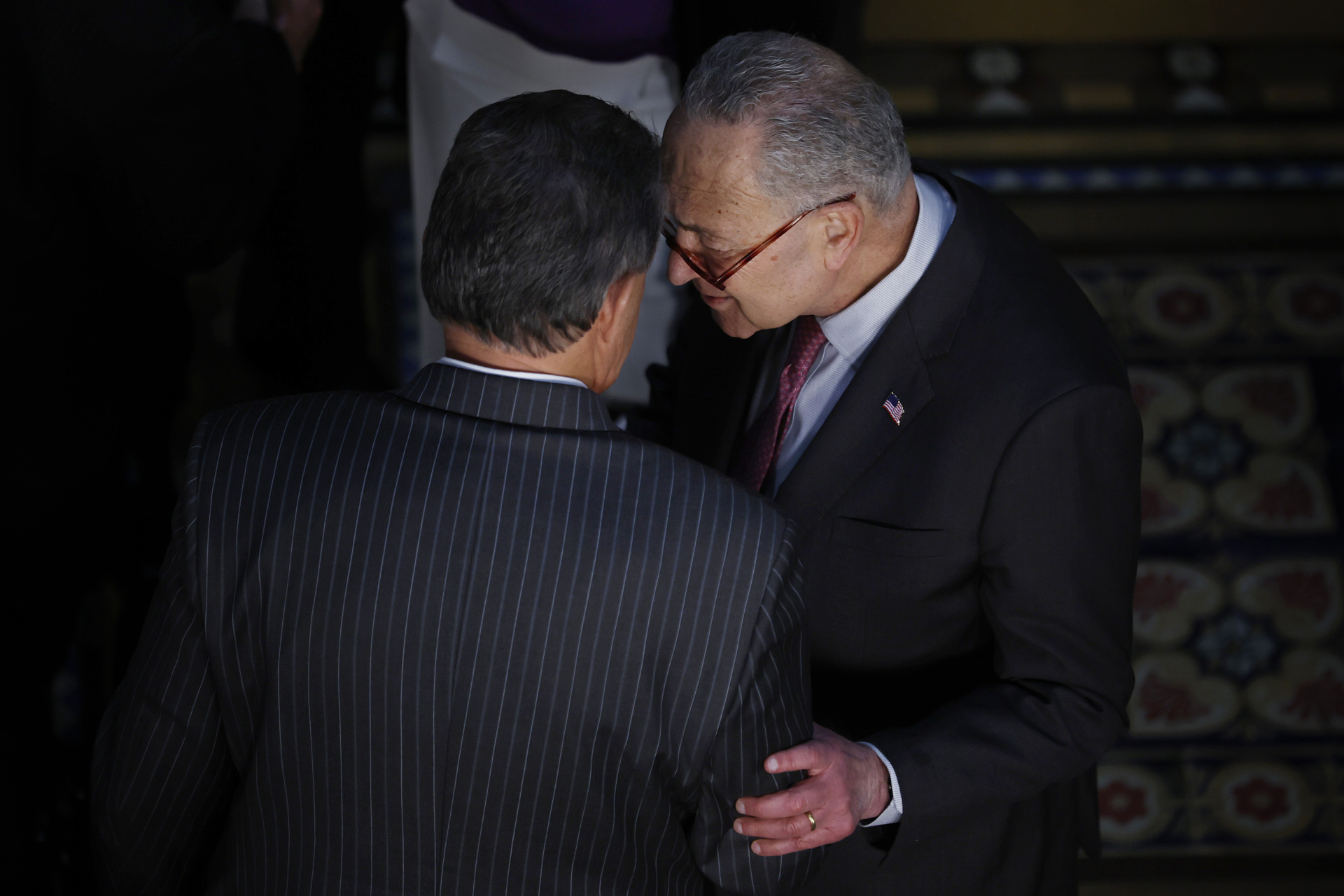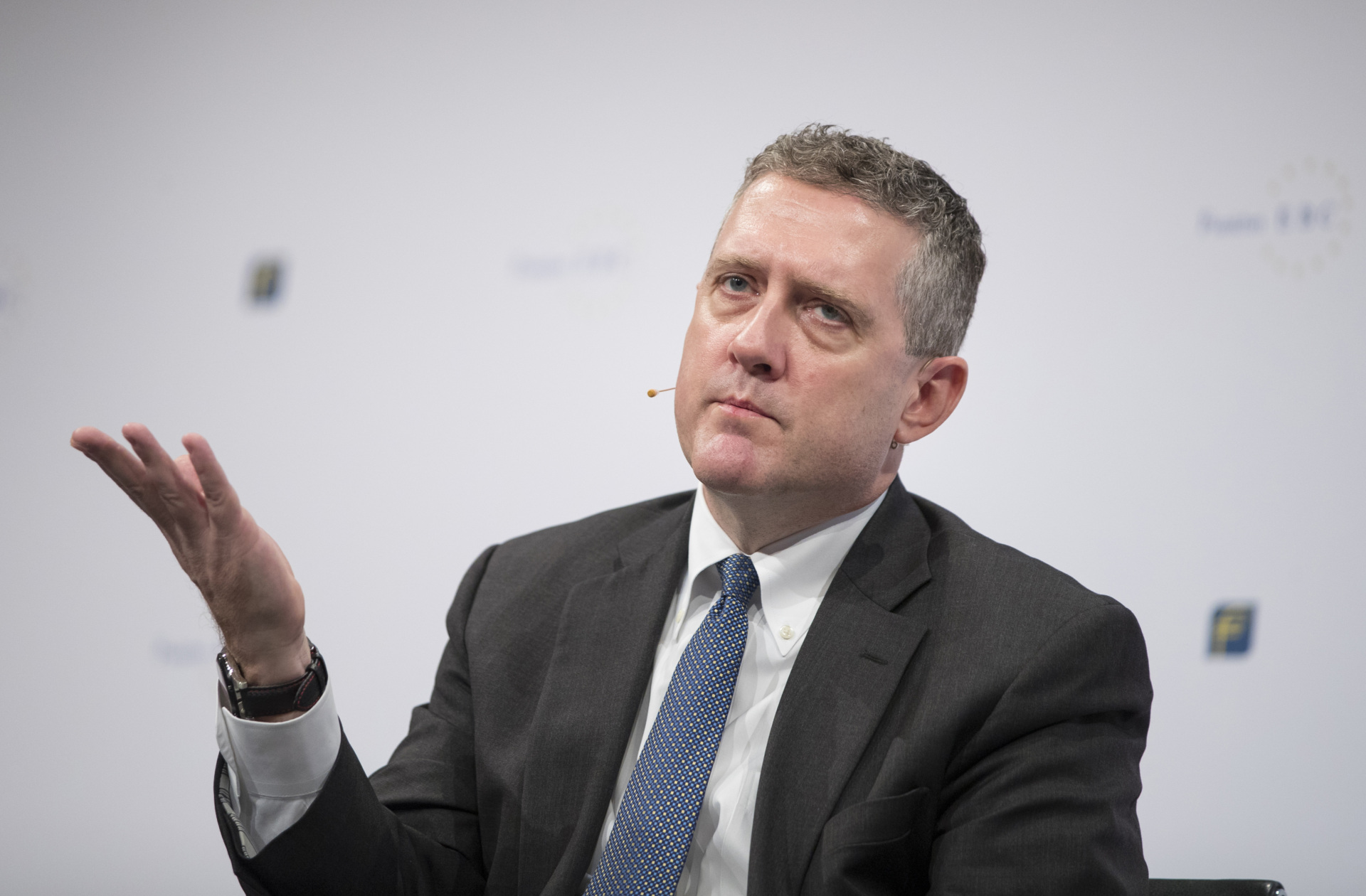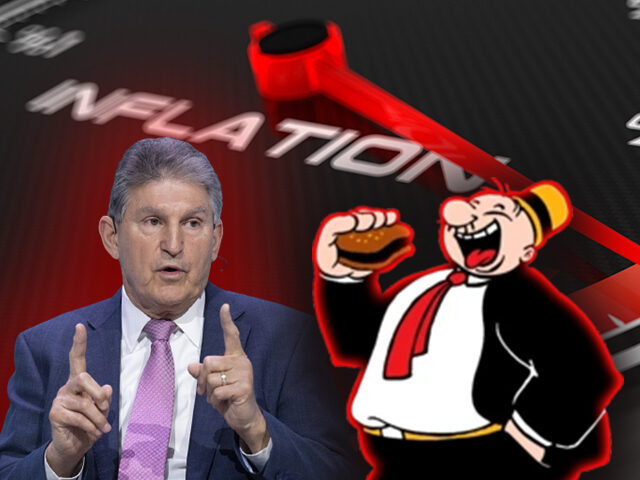Joe Manchin’s climate change spending bill should be considered Wimpy legislation.
You will recall the character of J. Wellington Wimpy from the Popeye comic strip and cartoons. Originally the principal character of the cartoon strip “Thimble Theater,” Wimpy was supplanted by Popeye when it became an animated cartoon series. He was most famous for trying to con the proprietor of the Rough House diner into giving him a burger on credit. “I’ll gladly pay you Tuesday for a hamburger today,” Wimpy said.
The Inflation Reduction Act, which Sen. Manchin (D-WV) is working with Majority Leader Chuck Schumer (D-NY) to move through the Senate this week, lays claim to its nomenclature based on the claim that it will reduce the budget deficit. As we’ve explained, the specific combination of spending and tax increases in the bill will not likely reduce inflation even if the net effect was a reduction in budget deficits. It’s not enough just to reduce the deficit by the size of the increased spending. The tax increases or offsetting spending cuts need to actually reduce demand in the kinds of goods and services experiencing inflation.

Sen. Joe Manchin (D-WV), left, talks with Senate Majority Leader Charles Schumer (D-NY) on March 15, 2022, in Washington, DC. (Chip Somodevilla/Getty Images)
On Thursday, the Congressional Budget Office released its analysis of the bill. According to the CBO, the bill would indeed reduce the budget deficit by $101.5 billion over the next 10 years. Almost all of that reduction, however, does not begin until 2028. So Manchin’s bill promises to pay for all its extra spending on climate subsidies with savings from something like 300 Tuesdays from today.
Bullard Stomps the Pivot, Market Does Not Care
St. Louis Federal Reserve President James Bullard said Wednesday that the Federal Reserve will not stop raising rates before it sees compelling evidence that inflation has been tamed. This was a message aimed directly at financial markets, which currently reflects the view that the Fed is likely to back off or pivot away from inflation-fighting if the economy indisputably falls into a serious recession. Some on Wall Street are actually saying the Fed has already pivoted.
A lot of this speculation that the Fed might be pivoting arose after Fed Chairman Jerome Powell made a seemingly off-the-cuff remark that appeared to indicate he considered that monetary policy was now neutral rather than accommodative. That led many to surmise that it would only take a couple of small hikes to move monetary policy into a restrictive stance that would bring down inflation.
Bullard went right at this on Wednesday.
“We still have some ways to go here to get to restrictive monetary policy,” Bullard said in a CNBC interview. “I’ve argued now with the hotter inflation numbers in the spring, we should get to 3.75 percent to four percent this year. Exactly whether you want to do that at a particular meeting or some other meeting is a great question. I’ve liked front-loading. I think it enhances our inflation-fighting credentials.”

St. Louis Federal Reserve President James Bullard gestures during a panel discussion at Euro Finance Week in Frankfurt, Germany, on Nov. 18, 2016. (Jasper Juinen/Bloomberg via Getty Images)
That’s a 150-basis points of additional hikes over the remaining three meetings, which is more than the 25 points per meeting many on Wall Street are expecting. As of yesterday, the fed funds futures market were implying a 64 percent chance that the Fed’s target would be at 3.50 percent or lower after the December meeting.
Bullard also said he didn’t see a pivot in the cards in the near future.
“I think we’ll probably have to be higher for longer in order to get the evidence that we need to see that inflation is actually turning around on all dimensions and in a convincing way coming lower, not just a tick lower here and there,” Bullard told CNBC.
Bullard indicated that he does not believe we are in a recession right now. That’s a hawkish position on rates because it indicates that the economy is strong enough to take bigger rate increases.
“With all the job growth in the first half of the year, it’s hard to say there’s a recession. With a flat unemployment rate at 3.6 percent, it’s hard to say there’s a recession,” Bullard said.
Importantly, Bullard is not alone on this. On Tuesday, Cleveland Fed President Loretta Mester—like Bullard, a voting member of the Federal Open Market Committee this year—indicated that there’s more tightening to come before inflation can be taken down. San Francisco Fed head Mary Daly, Chicago Fed chief Charles Evans, Minneapolis president Neel Kashkari, and Richmond Fed’s Thomas Barkin—not voting members this year—have also said they see rates needing to move up and emphasized their commitment to fighting inflation. Kashkari and Evans will be voting members next year.
The market remains unconvinced, however. As of Wednesday, futures still favor the Fed raising its target interest rate only to a range of 3.25 percent to 3.50 percent. Bullard’s range of 3.75 percent to four percent is given less than a six percent chance.

COMMENTS
Please let us know if you're having issues with commenting.